Ancient Egyptian civilization is one aspect of human history that has puzzled archeologists and historians alike. The civilization was able the survive for more than 3000 years, which was far longer than most societies of the period. However, researchers have discovered that Ancient Egypt could survive for that long because of its religion and traditions, which encouraged learning, innovations, and information transmission. Icons, symbols, writings, and drawings were used to pass vital information about religion and culture from generation to generation. This practice allowed their tradition to remain mostly unchanged for thousands of years. This article shall examine some of the most famous Egyptian icons and their significance to Ancient Egyptian society.
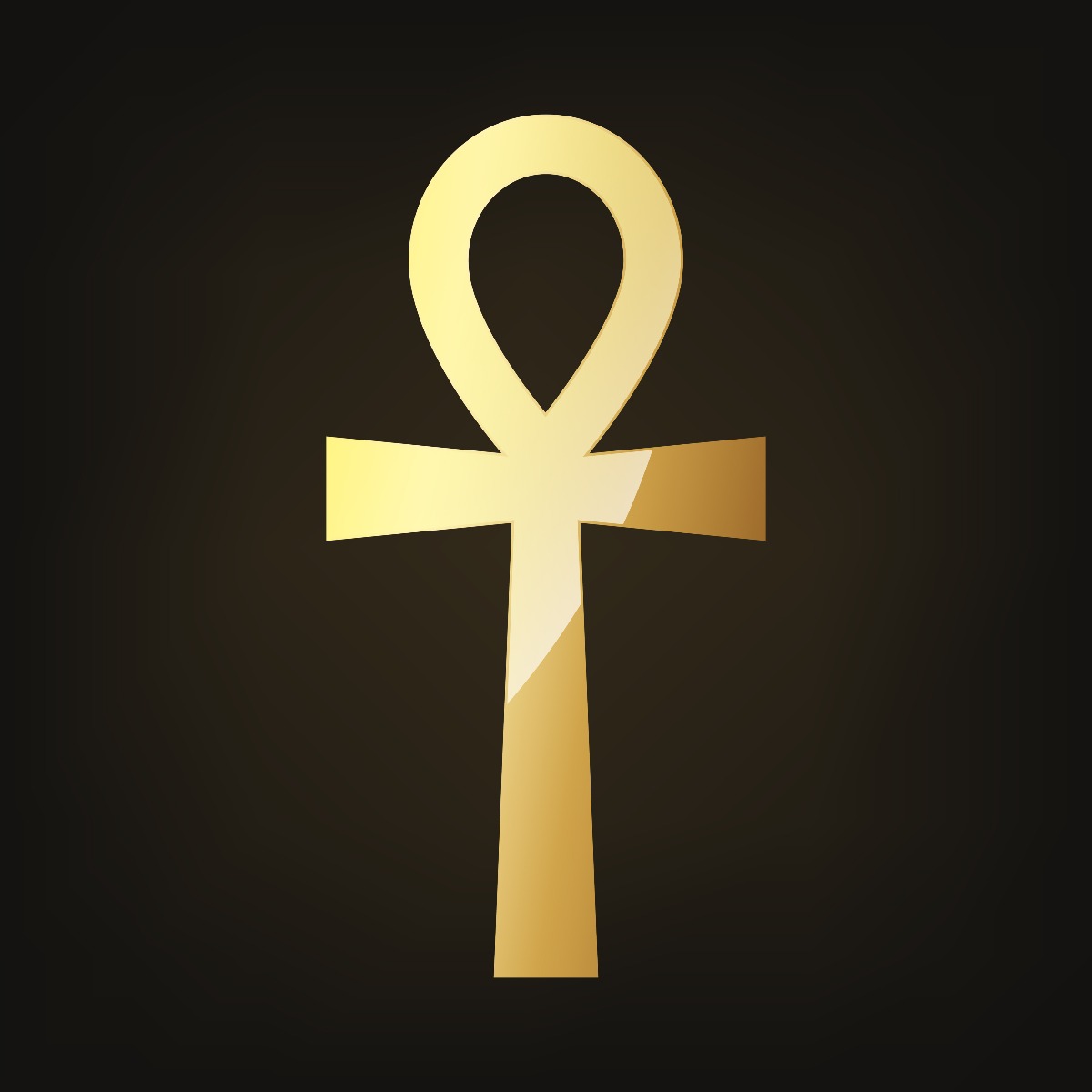
The Ankh
The Ankh, also known as The key to life, was probably the most popular and significant Egyptian icon. Shaped like a cross with a loop at the top, the Ankh is often used to represent life and other things Ancient Egyptians related to life such as water, sun, and the earth. It was often engraved in Jewelry, tombs, and temple walls to bestow life to people in this world and the next. Over the years, the symbol has been adopted by various cultures and religions, most especially Christians who use it as a monogram for Jesus since it looked like the Christian cross. In writing, it can represent the words &";nourish" &; "life " & "oath," etc. depending on the context it is being used.
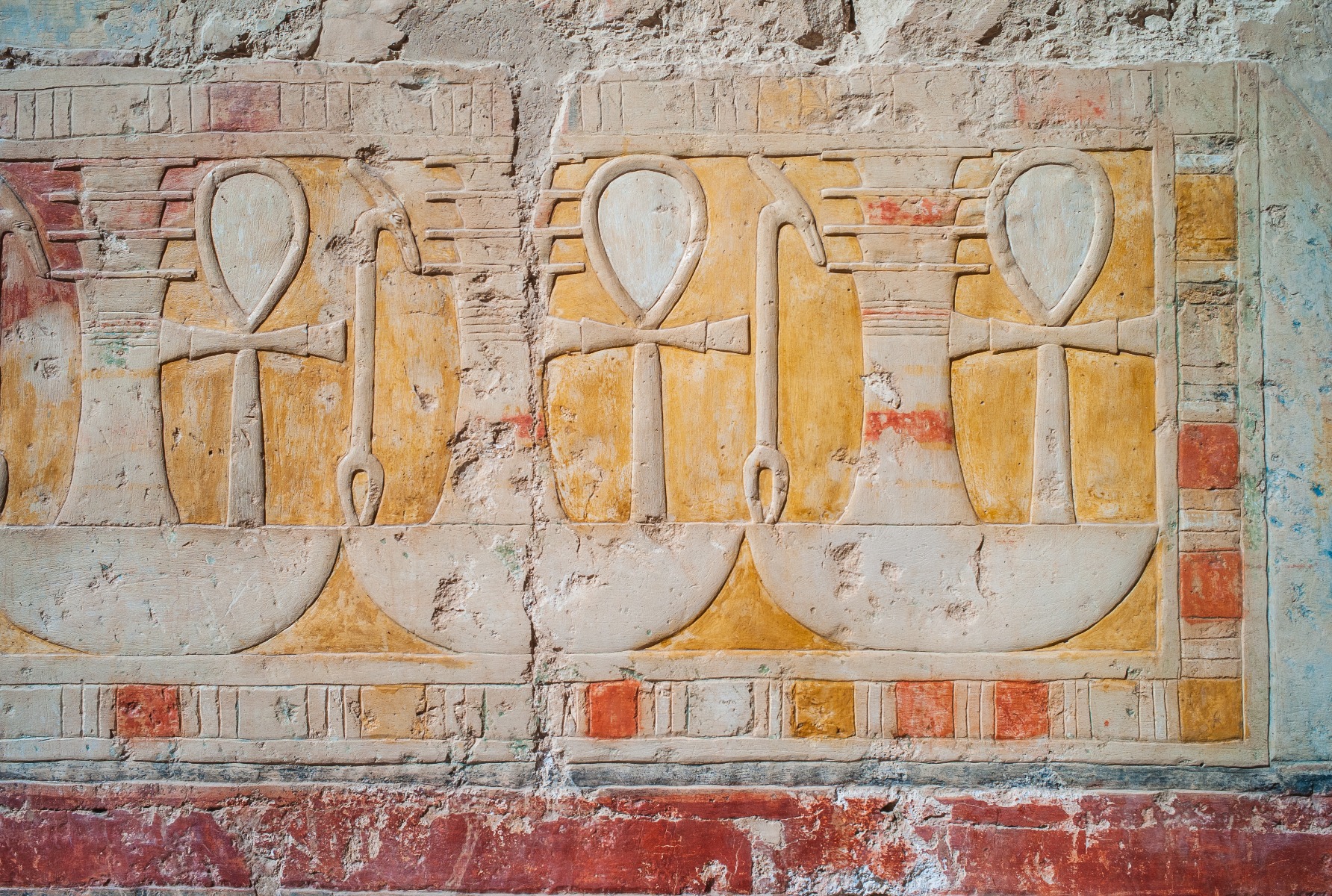
The Djed
The Djed is a pillar-like symbol that was often associated with gods Osiris and Ptah. The
icon represented the spin of Osiris. Since Osiris was the god of agriculture, afterworld
death, and resurrection, the Djed is often engraved in armlets and placed near the
dead& spines to pray for their resurrection after death. In writing, it can be combined
with a curved line to represent the Osiris. The Djed is also used in the ancient ceremony
of the sed festival in an event called & raising the djed which signifies Osiris &final
triumph over Set.
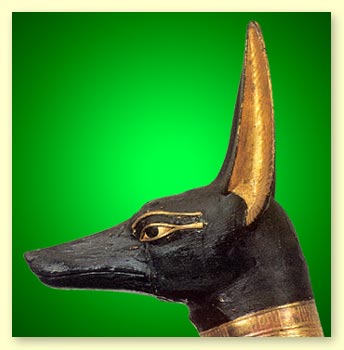
The Was-Scepter
The Was Scepter represented a ceremonial staff with a forked end and a curved animal- like head. In paintings, this symbol was always found in the hands of pharaohs, priests, and gods. It represented their dominance and power. The scepter was also a tomb equipment used in taking care of the deceased. In later use, the symbol was engraved in protective armlets to serve as a sort of control over the power of chaos Set wielded.

The Scarab
The Scarab symbol origin is from the Egyptian Scarab beetle, which usually lays its eggs into little dung balls that it pushes around. Just like the beetle& eggs, the symbol came to represent the reborn after death. It also represented immortality, transformation, and protection. The scarab also symbolizes the activity of the god Khepri who, just like the scarab beetle, was believed to roll the sun across the sky during the day and protect it in the underworld during the night. It was extensively used in ancient Egyptian Jewelry.

The Tyet
The Tyet, which was sometimes referred to as the knot of Isis, is an Egyptian symbol similar to the Ankh only that it has its hand bend downward. The Tyet represents the welfare, protection, and healing, which are attributes of the goddess Isis. It was usually placed alongside mummies as Ancient Egyptians believed that Isis, which the Tyet represented, would protect the mummy&body from whoever would try to commit evil against it. The Tyet was usually made from usually red jasper and other colorful materials such as carnelian or red glass.

The Lotus Symbol
The lotus symbol in ancient Egyptian society signifies rebirth, purity, and cleanliness.
The use of the lotus by Ancient Egyptians to symbolize rebirth is inspired by the aquatic plant& habit to spread on the water& surface when it senses the sunlight and returns below the water when the sun goes down. Both the white and the blue lotus were used in ancient Egyptian art and writings though since the blue lotus was more prevalent in Egypt, it was more commonly used.
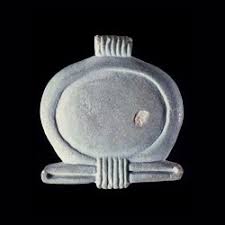
The Shen
The Shen was one of the most famous symbols in ancient Egypt. The symbol was a knotted rope that represented infinity completeness and eternal protection. The Shen was also commonly made into a ring known as the Shen Ring. This ring was often found on images of the falcon god Horus and the vulture goddess Nekhbet. The Shen ring could also be placed around some significant materials and symbols to provide eternal protection for them. The elongated form of the Shen Ring is the Cartouche.
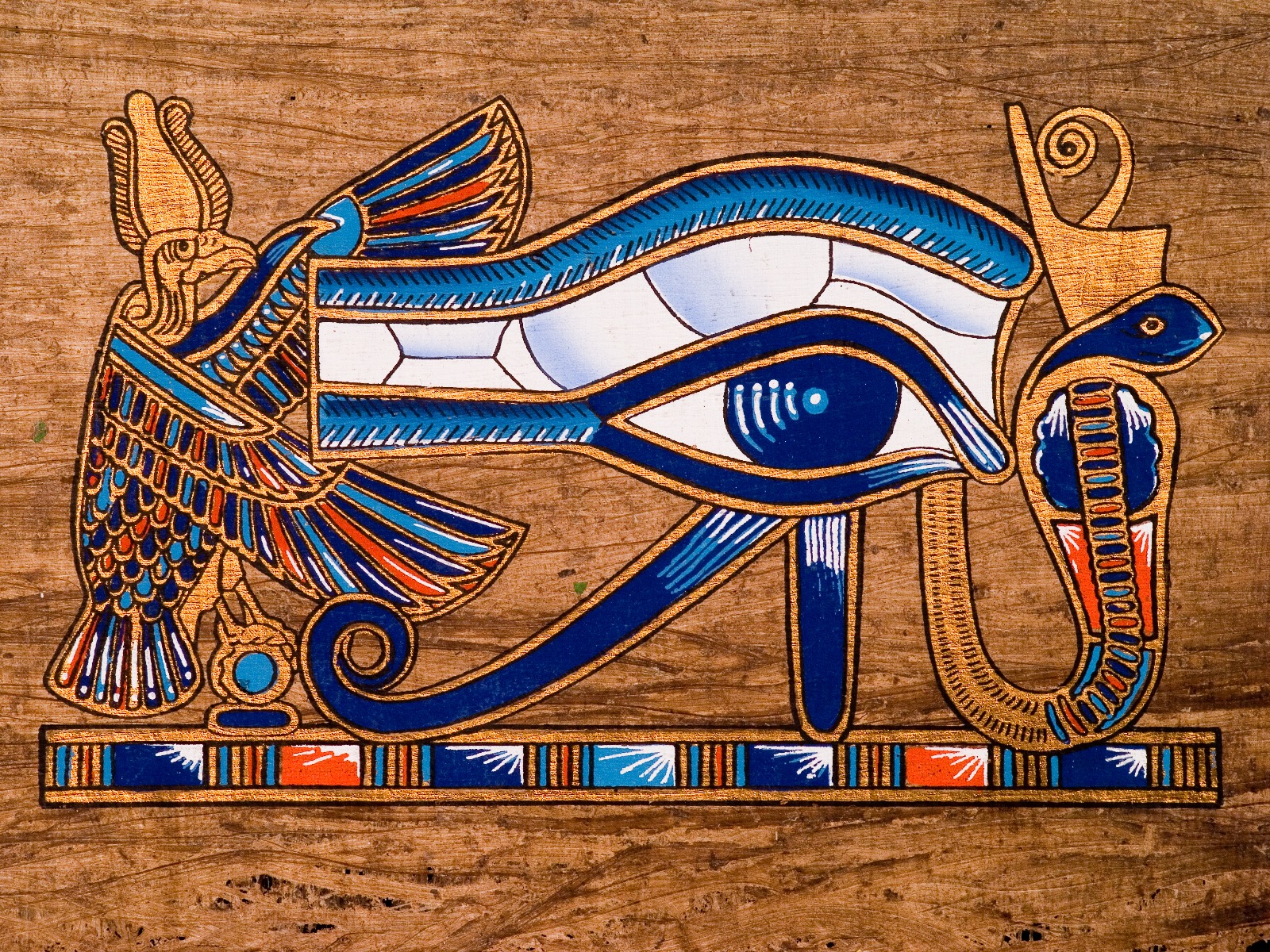
Wedjet (Eye of Horus):
Horus, the Ancient Egyptian sky god, was one of the most powerful gods in Ancient Egyptian mythology. According to Ancient Egyptian Mythology, he was the one who overthrew set and retook his father Osiris&throne after Set had usurped the throne. The Wedjet symbol, therefore, represented royal power, protection, and good health. It was often used in armlets to invoke the protection of Horus. The Wedjet is represented with &In Egyptian hieroglyphs, and it means"to make or do& or & one who does.
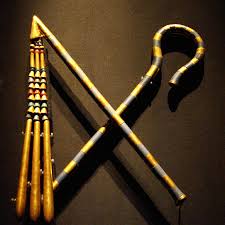
Hekha and Nekhakha
Hekha and Nekhakha in ancient Egypt mean &The crook and the frail." This pair of symbols represented the Shepard&Crook, which stood for kingship, and the Frail, which represented the land& fertility. Although initially illustrated separately, the two symbols, which was an established symbol of the kingship, became a paired symbols in the second dynasty. The symbols are a reminder of tradition, work, and the king& legitimacy as all three were required for a pharaoh to have a prosperous reign.
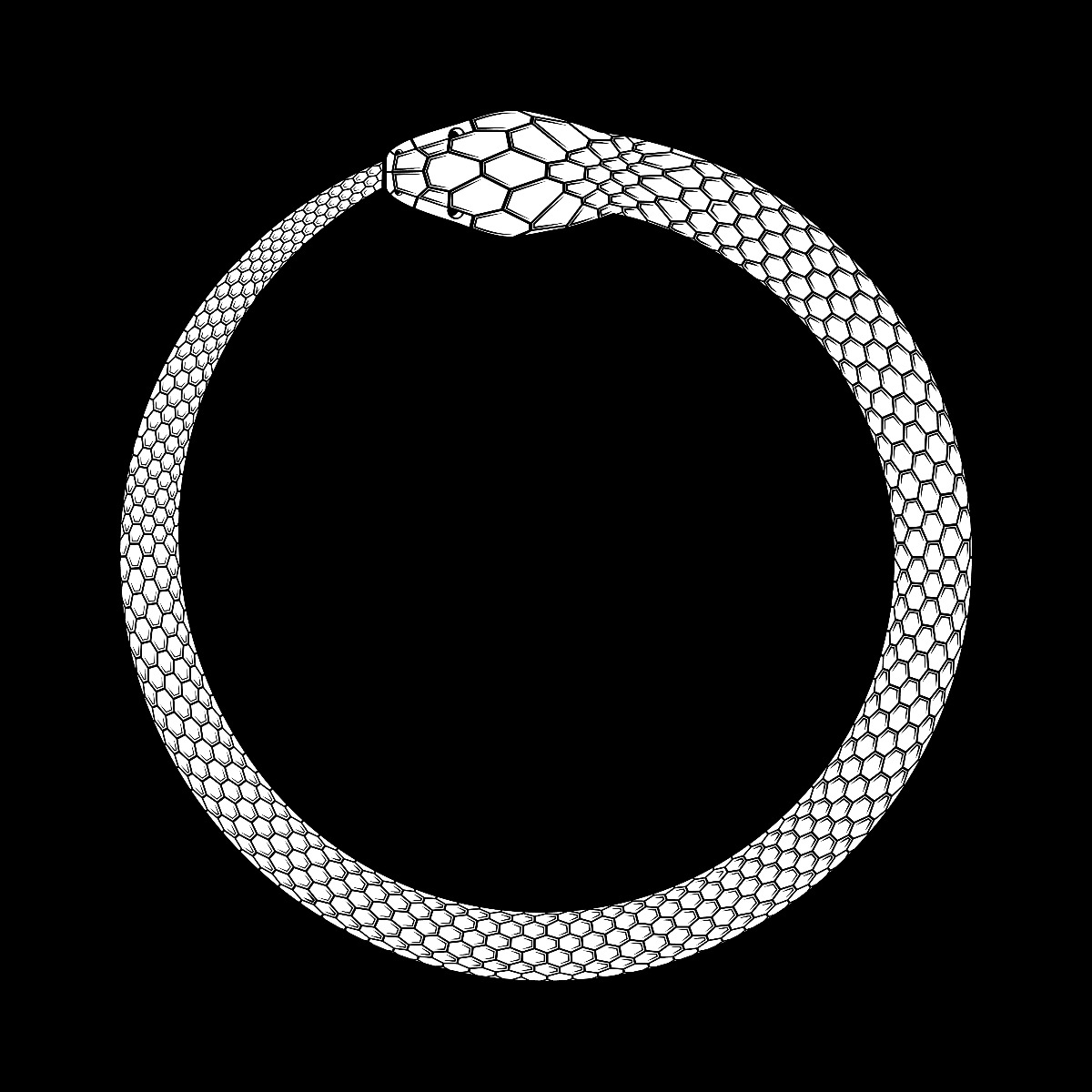


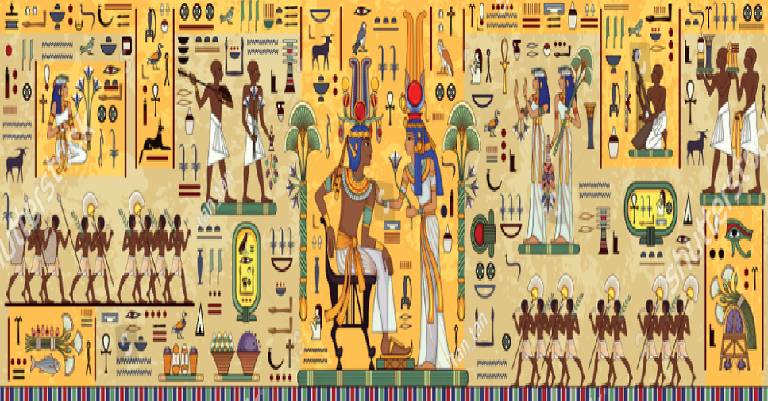
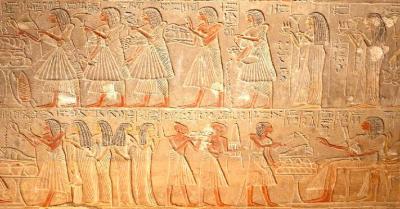
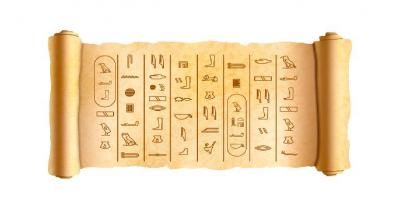

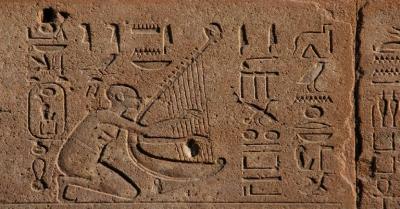
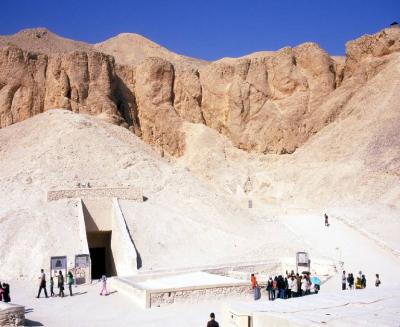
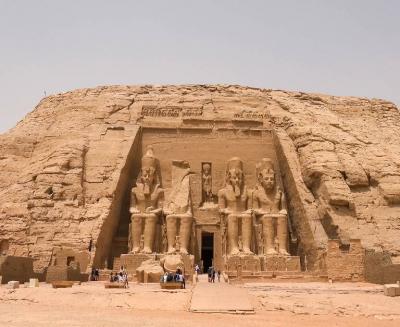
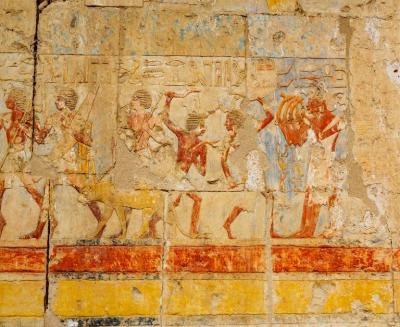
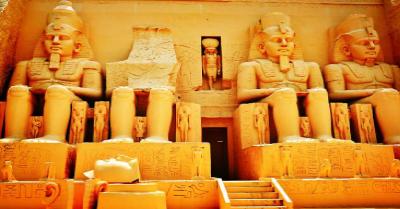
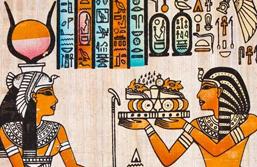
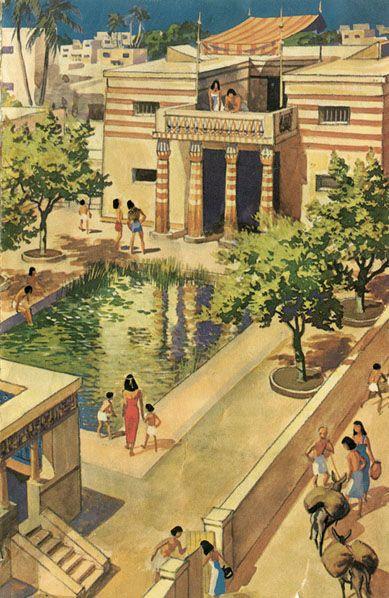
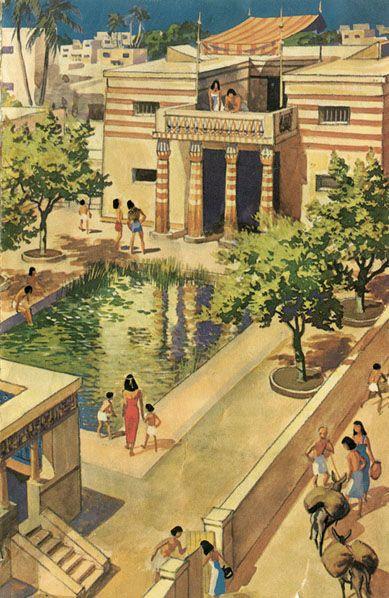








Comments